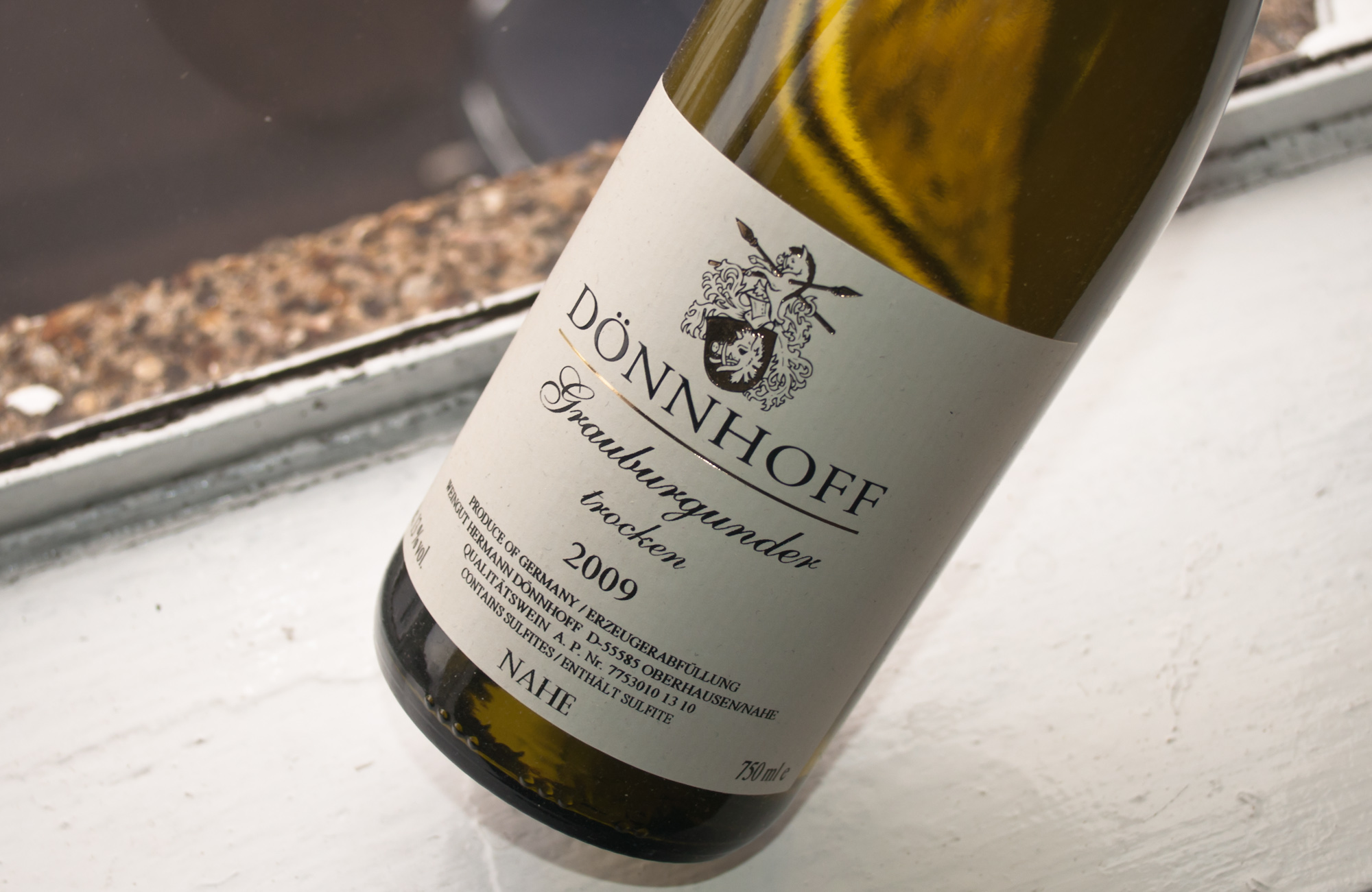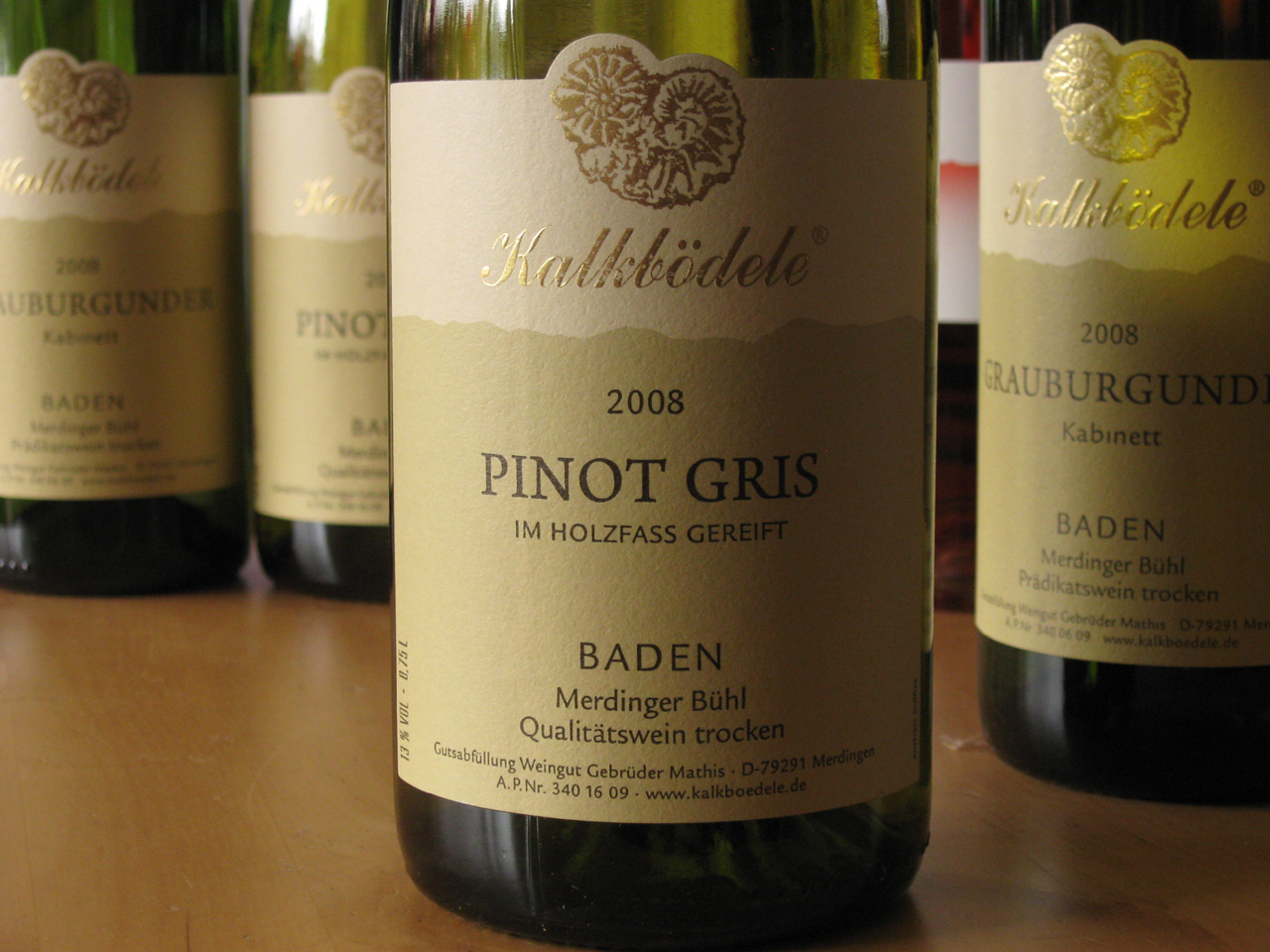Wittmann, Weißer Burgunder "S", 2008
Every spring I look forward to the asparagus season. Leaving aside the fantastic Silvaner grape, Pinot Blanc is one of my favourite wines to be enjoyed with asparagus. It also happens to be one of my favourite white wines, and so I used the last couple of months to reduce my stock of Weißburgunder, as the Germans call it. Wittmann's 2008 Pinot Blanc has been sitting in my wardrobe for two years now, waiting for a special moment.

When a fantastic looking turbot and two handfuls of lovely English asparagus found their way into my kitchen, that special moment had come. I had fairly high hopes for this wine, as Wittmann's "S-Class" have never let me down, some of them turning out to be truly stunning.








